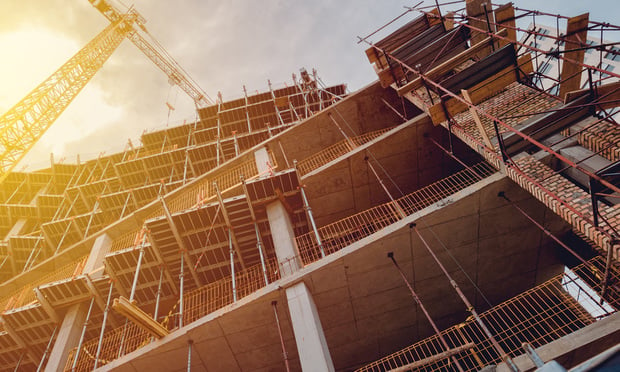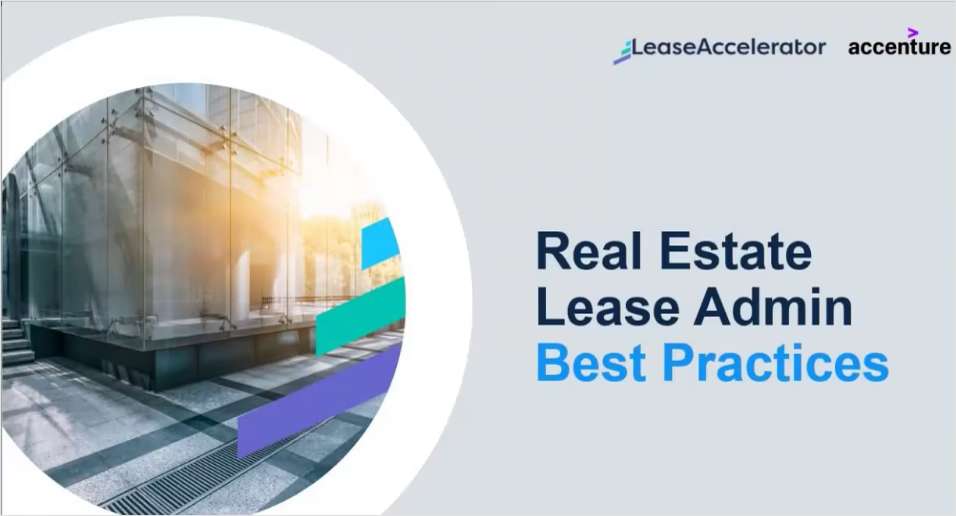Mauriello said there are currently 20,000 known contaminated sites in the state. "The key word is known, because we find others as we do investigations," he said. "We have 200 people that manage the cases, which range from simple things, like leaking oil tanks, to superfund sites, and it's created a burden on the staff."
The program, modeled after one in Massachusetts, will help towns by speeding up the cleanup process. "It's not just an environment issue," he said. "To communities, these are lost opportunities for redevelopment if they continue to languish."
The law also helps nudge development to contaminated sites where the infrastructure is already present, Mauriello said. "Before, developers had to look to sites that were not contaminated," he said. "Now they are able to redevelop sites that are already impacted, that are adjacent to roads. It limits the problems of sprawl out to pristine areas where the infrastructure may not be there."
He also addressed the controversy surrounding the bill, particularly from environmental groups that feared "the fox would be guarding the hen house." The bill includes "strong oversight and audit provisions" as well as penalties, he pointed out. "On the other side, some in the industry would have liked to have seen other changes that might reduce the strict accountability and enforcement provisions," Mauriello stated. "As with any legislation, you end up compromising around the edges. But we are excited that we have a program in place that will change how we do the work. The cornerstone of the program is to get less complicated work out to LSRPs to do remedial investigations and action plans so we can focus on more complicated and sensitive sites, such as schools and daycare centers and residential developments. We will process those ourselves."
Mauriello further stated the new bill gives the NJDEP the ability to prioritize cases and in some instances, impose remedies for contaminated sites. The department, he said, is presently formulating certification standards, establishing a licensing board and developing audit procedures. He said he expects the first LSRP licenses will be issued within six to nine months.
Also speaking at the event was Roxanne E. Jayne, an environment attorney with Sterns & Weinroth in Trenton. She termed the new law "a sea change in how we do site cleanups in New Jersey." She noted that 10% of all LSRP submissions will be reviewed by the DEP and all documents submitted by LSRPs will be posted online. "The DEP is not going away," she said.
Moreover, she pointed out that the LSRPs "are in the shoes of the DEP. Their licenses are at risk if they don't put in a protective remedy."
For certain sites, the DEP will still take an active role, she added. "DEP is not imposing remedies on your basic commercial/industrial site cleanups," Jayne explained. "But if you are doing schools, daycare centers and residences, those categories with sensitive populations, the department is going to develop presumptive remedies."
Another benefit of the new law, Jayne said, is that "mothballed" sites that have not undergone a remediation after many years will be cleared. "Under the law, there is an obligation to do the cleanup," she said.
Want to continue reading?
Become a Free ALM Digital Reader.
Once you are an ALM Digital Member, you’ll receive:
- Breaking commercial real estate news and analysis, on-site and via our newsletters and custom alerts
- Educational webcasts, white papers, and ebooks from industry thought leaders
- Critical coverage of the property casualty insurance and financial advisory markets on our other ALM sites, PropertyCasualty360 and ThinkAdvisor
Already have an account? Sign In Now
*May exclude premium content© 2024 ALM Global, LLC, All Rights Reserved. Request academic re-use from www.copyright.com. All other uses, submit a request to [email protected]. For more information visit Asset & Logo Licensing.








